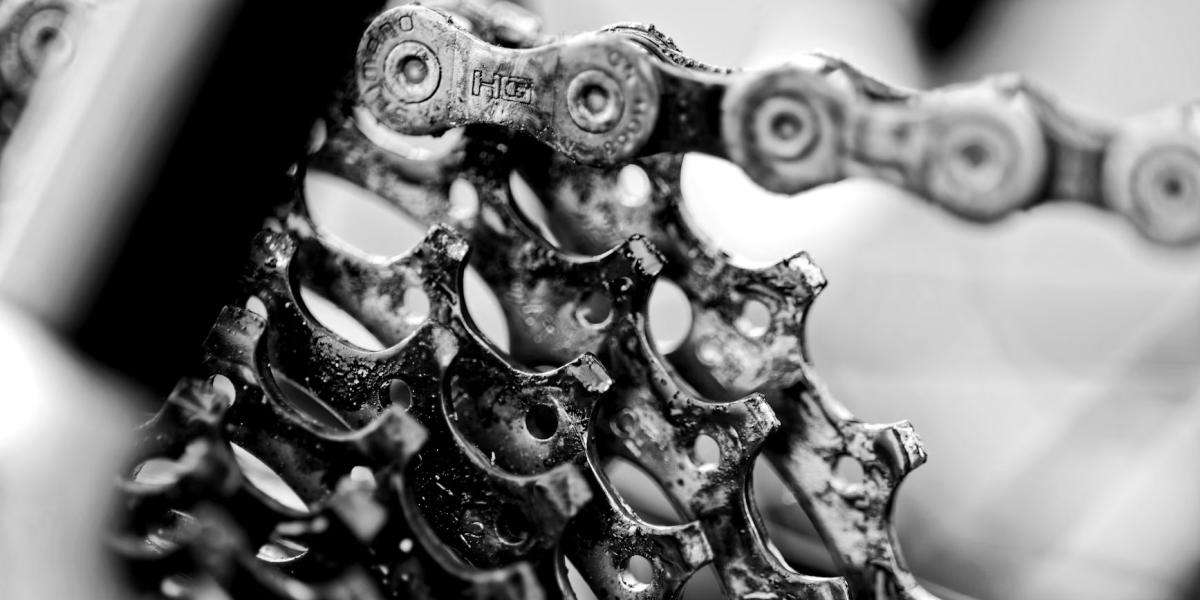
Configuration management is a critical aspect of web development. It ensures that all system configurations are systematically managed, tracked, and maintained across various environments. Its implementation is particularly important to ensure long-term sustainability and effective team collaboration.
Why Configuration Management is Important
In website development, configuration management refers to the systematic process of handling and documenting system configuration changes, including server settings, software dependencies, and version control. It is vital to ensure stability, performance and simplify maintenance.
1. Consistency Across Environments
Configuration management ensures consistency across all environments (development, staging, production). It eliminates the "it works on my machine" problem and ensures that configurations are the same across all stages.
2. Version Control
By storing configuration files in version control systems like Git, teams can track changes over time, revert to previous states, and understand the history of configuration changes. It is crucial for debugging and maintaining a stable system.
3. Automated Deployment
Configuration management allows for automated deployment processes, ensuring faster and more reliable releases, reducing human error, and freeing up developer time for more critical tasks
4. Scalability
As projects grow, managing configurations manually becomes untenable. Configuration management scales with the project, ensuring new environments can be set up quickly and reliably.
How Configuration Management Supports Long-term Sustainability
1. Reduced Human Error
Configuration management reduces the chances of human error, which can be costly and time-consuming to fix. Maintaining consistency allows errors to be caught in test environments before being deployed to production, reducing the risk of errors and downtime.
2. Easier Maintenance
Configuration management simplifies maintenance by providing a clear and organized record of all system settings and changes. This allows administrators to identify and resolve issues quickly, revert to previous configurations, and ensure consistency across all environments.
3. Enhanced Collaboration
Teams can work more effectively with a clear, consistent configuration strategy. Developers can work on different parts of the system without interfering with each other's configurations.
4. Enhanced Security
We can ensure that all system settings and changes are consistently documented and tracked through systematic tracking and control of configurations. It allows for quick identification and correction of vulnerabilities, unauthorized changes, and misconfigurations.
Conclusion
When choosing between Drupal and WordPress, it is crucial to consider the project's complexity and the team's size. While Wordpress’s setup is straightforward and excellent for smaller projects managed by a single webmaster, it can be more challenging and less scalable for complex projects requiring teamwork and collaboration. Regarding configuration management, there is no doubt that Drupal is the winner among the many different CMS platforms. In the battle of CMS platforms, Drupal's approach to configuration management gives it an edge over WordPress, especially for larger projects.
Share with your friends!